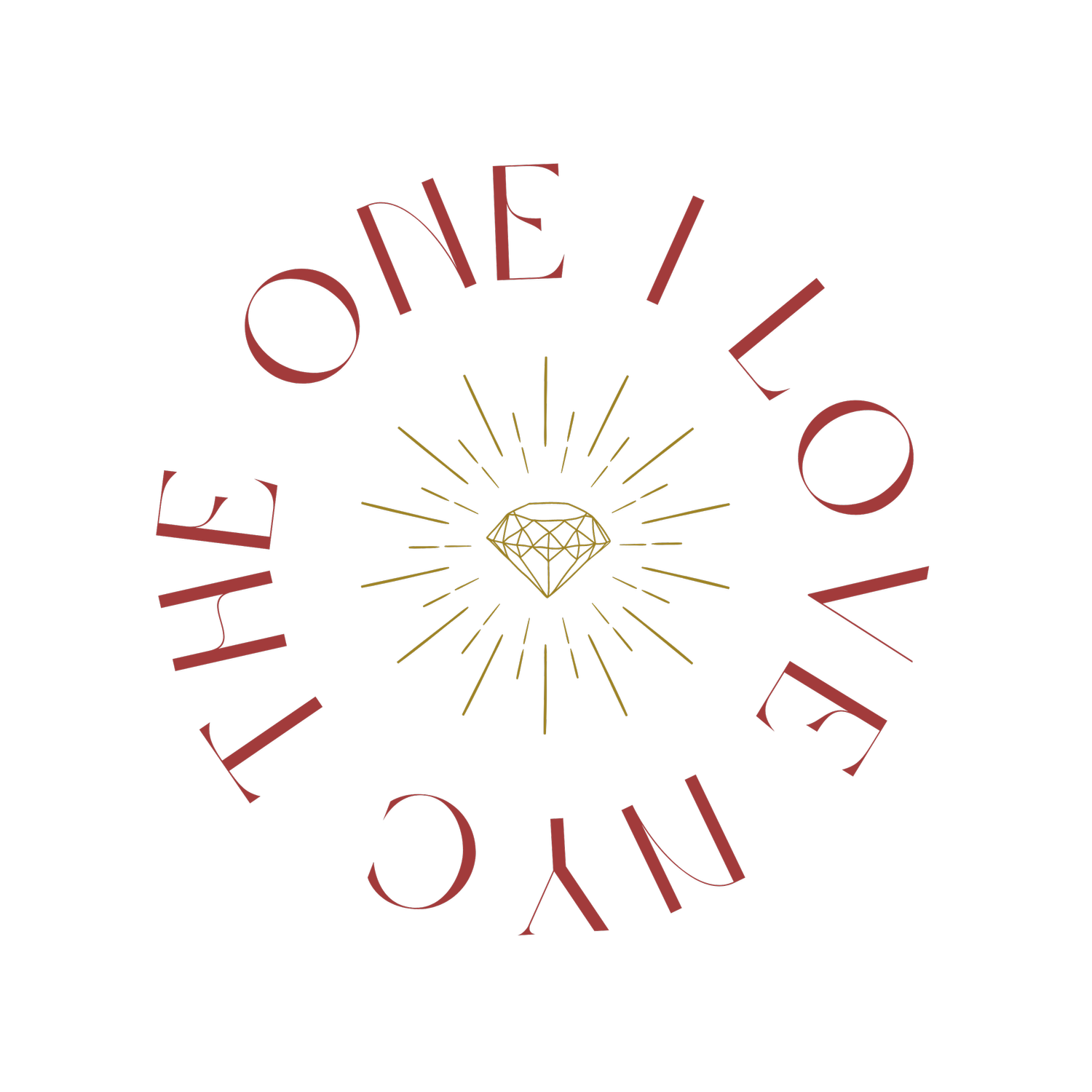Sea Glass: The Ultimate Collaboration Between Humans and Nature
Glass is an incredible invention. A wondrous technology that shapes our modern times, from the obvious like widows and drinking vessels, to the unusual like umbrellas and wigs.
But archaeological evidence shows that glass is not actually so modern—Mesopotamians were certainly making glass in 2,500 BC and, according to Pliny the Elder, humans were even creating this clear feat of nature over 7,000 years ago. Glass is composed of sand, sodium bicarbonate, lime. Add in 2,400 degrees Fahrenheit, and you have the recipe for glass, which has not changed for thousands of years. No matter the exact date humans got hip to glass making, we can all agree that Mother Earth beat us to the punch: obsidian and volcanic glass are naturally occurring instances of this incredible substance. And our early ancestors knew it: Humans regularly made knives, jewelry, and money from smoky-hued hunks of glass.
Group of 3 worked obsidian fragments and a raw obsidian lump from the Neolithic period (or later). Obsidian is a natural glass created by the Earth and used by humans as tools. Credit: The Metropolitan Museum of Art.
These glass tools marked a milestone in the collaboration between humans and nature when it comes to glass. But it would be far from the last.
In fact, a more modern reversed version of this partnership comes in the form of sea glass, which sees nature perfecting man’s creation. With the powerful combo of time and intense physical force, regular shards of commercial glass can be transformed into beautiful treasures that pepper beaches across the world. The result cannot be replicated by any man-made process. Talk about special.
As many seasoned beachcombers will tell you, sea glass is most often transformed into a triangular shape. That’s the product of two interesting processes—weathering and tumbling. The wet, water-saturated surface of a glass shard can easily crack when exposed to freezing conditions. Called ‘crizzling,’ this breakage creates smaller triangular pieces that are then subjected to “natural tumbling”, an uneven process especially on rocky shores. It can be common for a piece of glass to get stuck between two rocks, so that one side gets walloped, causing that particularly pleasing smoothing and rounding we are so entranced by.
Sea glass gets its soft veneer from prolonged exposure to water. Submersion below the surface hydrates glass, making it extra receptive to aggressive corrosion. The higher the pH and the more time that passes—the more corrosion a piece of glass experiences, which can lead to that ‘frosted’ sea glass look we love.
Most sea glass comes from bottles, but every so often it’s possible to happen across something rare like sea glass that originates from tableware, milk glass (opaque or translucent), slag glass (pressed glass with colorful streaks), or Vaseline glass, which glows under a black light due to radioactive uranium mixed into the glass in its molten stage.
Our Evolution of a Stone collection includes a wide variety of beach stones and sea glass, imperfectly perfected by nature and ready for you to treasure forever.




